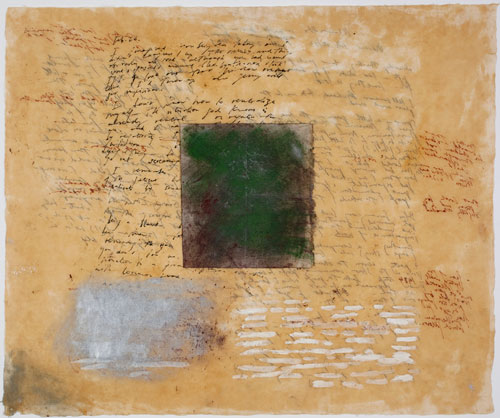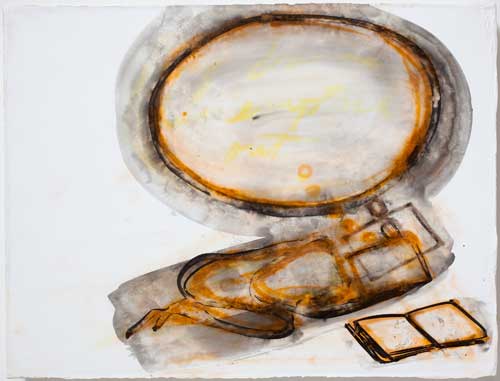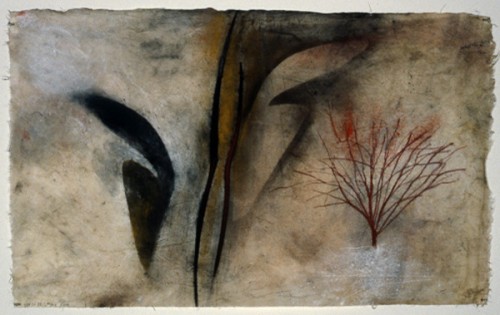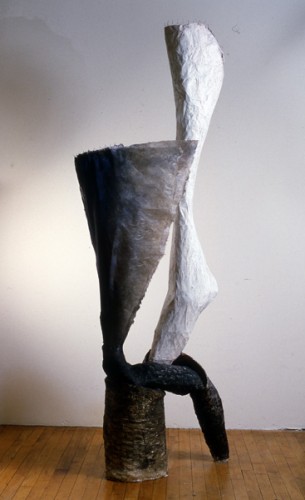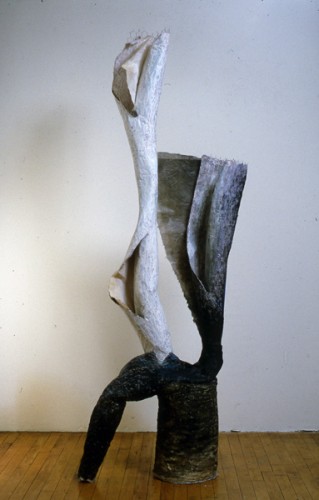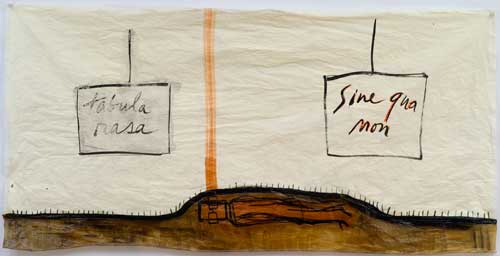In the past two days, since the latest mass murder at Isla Vista, California, the Twitter hashtag #NotAllMen has generated a responding hashtag #YesAllWomen which has gone viral, with over a million tweets within 48 hours. This evening I counted about one tweet per second. That is, via #NotAllMen men have made the generally reasonable but also defensive assertion that not all men are homicidal misogynists, or maybe that at least not all misogynists are homicidal maniacs. There are also many Tweets by women at #NotAllMen responding to the more defensive aspects of the comments by men. Definitely the subject matter for someone’s dissertation! #YesAllWomen has responded with the widely shared experiences of women that not only do many–some statistics say one in three, some say one in four–women experience sexual or gendered abuse in their lifetime, but all women live with fear of violence based specifically and simply on their being female as well as with other forms of discrimination. The tweets including many images have contained damning statistics, and also deployed humor very effectively. I read the text in the image below out loud to a friend over the phone, as the script of a skit. Try it.

There are so many dimensions to the most recent, Isla Vista/University of California at Santa Barbara massacre, and discussions and reactions have focused on mental illness, gun control, racism, misogyny. It is important that the rage that women feel at the misogynist component of this latest of so many similar tragedies/atrocities afflicting this country in particular must be accompanied by a feminist, gendered analysis of events and of power so that outrage can lead to all types of political activism, whether it is in the form of marches and actions that raise awareness, like the #YesAllWomen phenomenon has, or in the form of involvement in politics in a more conventional form, helping defeat the legions of Tea Party assholes making idiotic claims about female anatomy and restricting women’s access to health care, abortion, birth control, equal pay for equal work, justice in the military etc…
So, I posted the following today on Facebook:
Re #NotAllMen and #YesAllWomen, here’s a less sexualized point: all women have to study the creative work of men, if they go to school, if they want to succeed in professions, but in my experience as a feminist artist and educator practically no men ever feel that the incredibly rich body of artwork, literature and discussion by women specifically in the period of second wave feminism of the past fifty or sixty years (as well as in the hundreds of years before) is necessary for them to study and learn from. I’ve been to countless panels over the years where really important art and ideas were discussed but since they had to do with women artists and feminism, there were maybe 5% men in the room. It’s something people joke about it is so pervasive. Male artists have certainly benefited from the permissions both formal and thematic coming from feminism but they don’t see the need to participate or even witness the discourse. Perhaps they feel excluded or that they wouldn’t be welcome, but women don’t get to make that kind of decision about taking courses or attending lectures and symposia on world literature, philosophy, art etc etc etc if they want to survive in the world. …so much more to say and many different ways of saying it.
The entire post and comments thread is public, here are some heartfelt, eloquent and thoughtful selections from the conversation that followed:
Joni Spigler: Totally on or off topic, last night I decided to download Sense and Sensibility from the Pirate Bay and because I guess mostly guys use torrents all the comments were in the form of “hey this is a great film if you want to impress your lady”. There was no other reason for that film to be on the site or for anyone to download it….Whereas any action movie gets comments about image quality and screen ratio, sound etc.
Tracy Ann Essoglou: Yes, thank you again Mira. This is what I call “The disproportionate work of being human.” We study not just ‘them’ but always and only ‘through’ them: be it creative, philosophical, medical… The white European male is still the standard in all disciplines, evaluations, social terms… expecting access and dominion. Th rest of us are still mostly just scurrying about for the crumbs.
Ken Vallario: there are many men who agree, but such men are also victims of dominant males, and similarly alienated from an art world that is not ideology-neutral. feminism is for me, as a man, husband, father of a daughter, one of my primary philosophical commitments…i think the art world is too corrupt to be fixed, and so i have begun the philosophical process of trying to create new categories for intellectual engagement that is holistic, sustainable and egalitarian. and the fact that such a thing can be strongly female, seems to me to be a plus. i think the art world, as is, is a bubble that will eventually implode, and there will be a great hunger for alternatives when that happens…consider me an ally. We live in a world with many evolved women and men have not fully realized that they too can rise up against male dominance, as the sensitive ones feel conflicted about confrontation…
Michelle Rogers: We also need to consider how we women continue to support these structures. Look at the amount of women that you see visiting any museum or attending art galleries. We show up, we keep applauding and supporting these guys and institutions that are so prejudiced against us!
Mira Schor: we show up because we are interested and want to be informed.
Amy Ruth Buchanan: Perfectly put, thank you. It starts in childhood. Generally speaking, girls will get more support and approval for “crossing over” into traditionally boy-identified games, pop culture, and interests than the reverse.
Lucy Meskill: When there is only one door to enter a power structure through, one must avail themselves of it, it is what one does once they are inside that makes a difference. I do not blame any woman for learning to play a man’s game, since it’s the only game in town, once enough of women are in power positions that in theory should make more portals of entry available. That is if we remember to be agents for change once inside.
Mira Schor: but the thing is, first of all, I don’t consider Goya, or Giotto or Dickens or Mondrian or Guston –fill in the blank–as a man’s game, those artists speak to me and give me language that is just as valuable to me as the language that Jane Austen, Charlotte Bronte, Virginia Woolf, Carolee Schneemann, Louise Bourgeois, Maria Lassnig, Ida Applebroog, and Ana Mendieta–fill in the blank– do, I feel they are my birthright as a human being, they enrich my life, and I am in conversation with them, but the reverse does not seem to hold true. But, second, there is a class of knowledge and art production that also gives me language but I feel it is masculinist and misogynistic, it still may be great but it is much more problematic to me but I still need to learn as much of it as I can, and what I don’t manage to learn or stir up enough interest in, I suffer from not knowing, and I mean suffer professionally as well as intellectually and perhaps politically in all senses: cf. in the 80s and 90s if you referenced Lacan you were on the right side of history, if you referenced Irigaray you were an essentialist and good luck to you. I’m not even bringing in the fact that in the post Lacan/Butler era many women refuse to identify with the word/concept Woman, don’t question their identification with masculinities in the name of gender freedom, and wouldn’t show up at the panels and symposia I’m talking about either. As I said, there is so much to say and so many ways of saying it. I also should say that I am to blame in that I have internalized the inequality: when I find myself in a really interesting discussion in a panel or symposium I kick myself for not having insisted that my students, male and female, should have attended because there is so much that is REAL that is being spoken about and deeply felt, as opposed to some other academic situations they may be exposed to, but I didn’t because I have internalized the meaning of that 5% attendance, that ghettoization of feminist concerns and practices.
Monika Weiss: This is such a vast and painful topic… and I am happy we are talking about it. Thank you Mira for taking this on. This is rather avoided from public debates, and by all means, omitted. It’s starts in schools, not in art schools but in regular primary schools, in fact it starts on the level of governments and education programs and what is required and what is not, to educate new generations. By the time I get my graduate MFA candidates, they went through all processes, have read “Lives of Great Artists” as children and grew up with covert (or not) misogynist stories with the assumption of normalcy. How to unravel this on the level of graduate study not to mention symposia and panels, which I also find disturbing in this way? It’s a cultural and political work, but also legal, policy-based and legislative. If for example a given enlightened/developed country might require that women writers and artists need to be part of the cultural histories taught in primary schools, as an actual enforced policy (literally, going down to numbers of women present in a given curriculum, like we did with gender based discrimination in a work place)—then perhaps after a few decades of forced and unnatural condition, we may arrive and “naturalness” of such approach. However this leads back to the government and the rather weak presence of women, even in more developed countries. This said – we also can help to some degree, perhaps by our teaching involvement (so many of us artists teach more or less throughout our lives) and by being vocal and present in public about it all [this is possibly funny coming from a rather shy person as I am]. But on a deeper level though, our main enemy – which is also the current system of inequality’s main friend — is the very idea of “difference” and of otherness, any otherness but in this case between men and women. Being in the position of inferiority (as perceived by the ‘master’ – the white, wealthy male) we cannot claim to possess exact sameness (just like black men/women or poor classes, immigrants etc) rather, we out to claim equality in difference, and I mean by it in any difference, not just the one that is genitalia-based… so while I will always support and identify with women around the world, I wonder how we can continue the philosophical (and therefore cultural and political) work of people such as for instance Judith Butler and her performativity of gender as well as her recent work against war, and Bracha Ettinger, and her brilliant work on matrixial space, for example. As artists, can we contribute to undermining this prevailing status-quo? A lot of progress has been made, especially within academia, where we have all kinds of Gender Studies or, from a different field, Holocaust Studies etc. but what has to be done with regards to the outside world, the world that reads the “Lives of Great Artists” and that believes that our senators’ knowledge of science is sufficient?
Andrew Falkowski: Is this statement pointed primarily towards major museums, collections, curation?
Mira Schor: no, my statement certainly includes these categories but I think it is pretty evident that it has to do with all aspects of cultural life, how is a woman educated, what is presented as important and essential to her being an educated person, how is a man educated, what is deemed important and essential for him to be an educated person.
Rachel Youdelman: Great discussion, Mira. At an event I attended when my daughter was in high school, the English teacher apologized to the parents of the boys in her class for teaching Jane Austen.
A previous conversation thread on Facebook yesterday was inspired by Rebecca Solnit‘s post of a section of her book Wanderlust: A History of Walking, about the fear of assault that women feel at all times and that controls their behavior whether they are actually in danger at any given moment or not. See her informative posts on recent events here (most are set to public)
It is a sad but telling coincidence that my previous two posts on A Year of Positive Thinking were about the murder of Ana Mendieta.
The conversation goes on.









